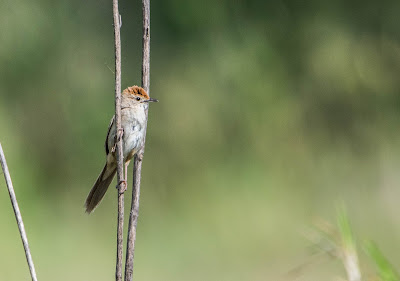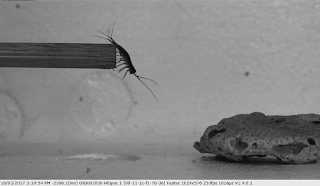Jumping beans in Slow motion
Between 2010 and 2012 I worked at the Rowland institute at Harvard university. Most of my time was spent researching the muscular dynamics of frog muscle, by building robotic frogs, but every now and then we liked to goof off scientifically. That chance came the one day when the head of my workgroup, Chris Richards, brought in a mexican jumping bean. Being from Australia, I had not seen one of these before, and that is sad. Cause they are friken awesome! The bean itself is the seed of a shrub, the genus Sebastiania. Inside this bean is growing the larve of a little brown moth (Cydia deshaisiana). The moth makes a hollow inside the bean, as it eats the bean from within. But what makes it amazing is that it is able to thermoregulate by moving the bean from hotter places (such as in the sun) to cooler shadier places. It does this by 'jumping' - hence the name. The actual mechanism of how this tiny moth can get the whole bean to jump is unknown, and would probably require some xray cinematography, which sadly we didn't have at the institute. What we do have though, is the next best thing, very sensitive force plates and high speed cameras.
Having several dead lines to attend to, i decided the best use of my day, would be to ignore them all and play with the little bean. I set to work on it, and this is what i got out.
First i was interested in the amount of ground force the little bean is capable of producing. I used a honeywell force cell to measure it, jumping up from a smooth plastic surface. The force plot is show below.
Here the x-axis shows time in ms and the y-axis shows vertical force (in newtons). Peak force was about 0.14N. The body weight of the bean (both worm and seed) was 0.134g therefore, this bean was jumping with a force over 100 times its body weight!!
The second thing i noticed in my force traces is there was a smaller first peak, followed by the major peak, about 500 ms later. This was present in almost all of the force traces i got.
I decided to use the photron high speed camera (photron FASTCAM SA3 model 60K-M2) to take a look at what was going on and this is what i found. The film is taken at 1500 fps, and is slowed down 60 times.




Comments
Post a Comment